Eurobike 2022 / E-Performance: Das FIT E-Bike System 2.0 bekommt noch in diesem Jahr einige spannende Upgrades und immer mehr Modelle sind damit erhältlich. Grund genug für uns, uns das FIT E-Bike System mal genauer anzusehen.
Wenn über E-Bikes und deren Antriebe gesprochen wird, stolpert man zwangsläufig über die Begriffe „Motor“, „Antrieb“ oder auch „System“. Häufig werden diese Begriffe auch als Synonyme verwendet – auch von uns. Doch das ist so nicht ganz korrekt: Der E-Bike Motor ist Teil des E-Bike Antriebs, der wiederum Teil des verwendeten E-Bike Systems ist. Dass Hersteller wie Bosch oder Shimano geschlossene Systeme nutzen, bei denen der Motor über Antrieb und System bestimmt, macht die Sache noch ein wenig unübersichtlicher. Dennoch lohnt es sich, genauer hinzuschauen, denn immer mehr Motorenhersteller öffnen ihre Protokolle, um Displays, Akkus, Software und anderes Zubehör von Drittherstellern verwenden zu können. Das ist nicht unbedingt relevant für die Käufer, die das E-Bike am Ende beim Fachhändler kaufen, sondern vor allem für die Fahrradhersteller, die so deutlich mehr Freiheiten bekommen.
In den meisten Fällen – egal ob geschlossenes oder offenes System – wird jedoch immer „vom Motor aus“ gedacht. Das könnte sich künftig zum Teil jedoch ändern, oder hat es vielleicht sogar schon: Im Modelljahr 2022 und 2023 sind erstmals zahlreiche E-Bikes mit dem FIT 2.0 System erhältlich, bei dem eben nicht der Motor, sondern das System der Star ist.
FIT: Von Huttwil in die weite Welt
Der Name FIT dürfte sicherlich einigen E-Bikern bereits geläufig sein. Früher stand die Abkürzung für „Flyer Integrated Technology“ und bezeichnete die Systemintegration der Antriebssysteme des E-Bike Pioniers aus der Schweiz. Seit dem Sommer 2020 ist FIT jedoch nicht mehr nur Flyer-Exklusiv, sondern kann als eigener Anbieter auch von anderen Herstellern verbaut werden. Zwar teilt man sich weiterhin den Firmensitz in Huttwil mit Flyer und auch weiterhin sind zahlreiche Flyer E-Bikes und E-MTBs mit FIT ausgestattet, doch auch andere Hersteller wie Bulls oder Pegasus führen mittlerweile Bikes mit dem FIT 2.0 System.
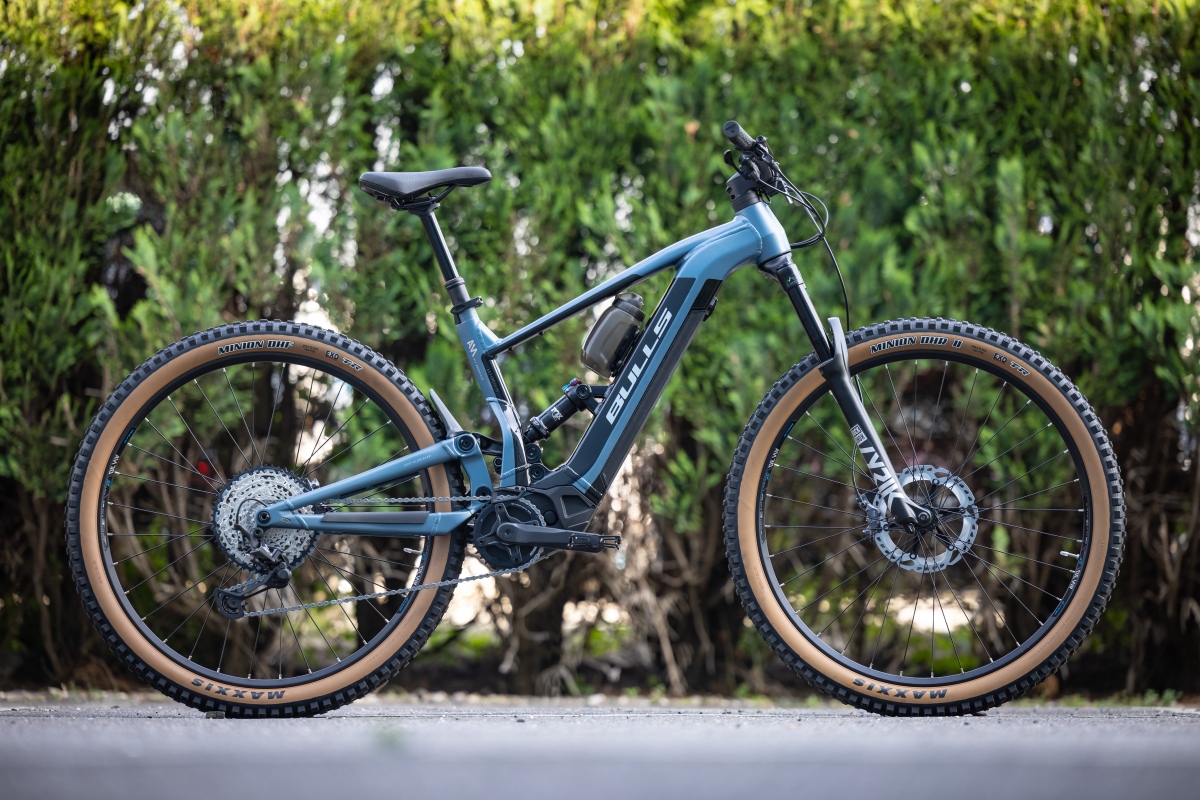
Die Komponenten des FIT Systems
Doch genug um den heißen Brei herumgeredet – was ist FIT denn nun konkret? Zum System zählen verschiedene Komponenten, darunter Displays, Akkus, Motoren und Zubehör wie Schlösser, Tracker oder Reifendrucksensoren. Ebenso nimmt die FIT E-Bike Control App eine zentrale Rolle ein. Das Besondere daran: Alle Komponenten „sprechen die gleiche Sprache“ und so eröffnet sich den E-Bikern nach dem Kauf viele Möglichkeiten – anderes Display? Plug & Play! Kleineres Bedienteil? Kein Problem. So könnte man auch mehrere Jahre nach dem Kauf noch in den Genuss brandaktueller Peripherie und Features kommen.
Motoren von Brose oder Panasonic
Auch wenn der Motor bei FIT nicht die Komponente schlechthin ist, dürfte die Antriebseinheit doch die größte Rolle spielen. Bei aktuellen FIT E-Bikes sind Motoren von Brose und Panasonic verbaut. Bei Brose setzt man ausschließlich auf den Drive S Mag, bei Panasonic gibt es neben dem Top-Modell GX Ultimate auch den etwas schwächeren GX Force. Die verbaute Hardware, also der Motor selbst, ist jedoch (leider) nur die halbe Wahrheit. Die verwendete Motorensoftware macht nämlich einen Unterschied beim maximalen Drehmoment; so ist der Brose Drive S Mag in manchen E-Bikes auf 75 Nm (statt der maximal möglichen 90 Nm), der Panasonic GX Ultimate auf 70 Nm (statt 95 Nm) und der GX Force auf 60 Nm (statt 75 Nm) gedrosselt. Als Käufer lassen sich die Unterschiede an den jeweiligen Namenszusätzen erkennen:
Brose Drive S Mag FIT Eco: 75 Nm
Brose Drive S Mag FIT Plus: 85 Nm
Brose Drive S Mag FIT Pro: 90 Nm
Panasonic GX Ultimate FIT Eco: 75 Nm
Panasonic GX Ultimate FIT Pro: 95 Nm
Panasonic GX Force FIT Eco: 60 Nm
Panasonic GX Force FIT Pro: 75 Nm
Bestehen keine notwendigen Begrenzungen durch die verbauten Komponenten (z.B. Nabenschaltung), lässt sich der Motor bei den meisten Rädern durch ein (kostenpflichtiges) Update auf die jeweiligen Leistungsstufen „upgraden“.
Wir sind kein großer Fan dieser Vorgehensweise – für die Kunden macht es das Entschlüsseln der Ausstattung komplizierter als sie ohnehin schon ist. Zudem fühlt es sich sehr nach einer künstlichen Begrenzung an. In jedem Fall sollte man sich die Motorbezeichnung genau ansehen und sich über eventuell mögliche Upgrades informieren.
Moderne Bedienkonzepte von komfortabel bis sportlich
Beim Thema Bedienung hat sich in den letzten Jahren am E-Bike viel getan. Neben technischen Entwicklungen wie helleren Farbdisplays gibt es nun auch deutlich mehr Auswahl für unterschiedlich ausgerichtete E-Bikes. Während noch vor einigen Jahren die meisten Hersteller nur eine oder maximal zwei unterschiedliche Bedienkonzepte boten, sind es heute deutlich mehr. Das zeigt sich auch bei FIT: Drei Bedienteile, zwei Displays und die Option, das eigene Smartphone per App als vollwertiges Display zu nutzen. Das Besondere daran: Alle Komponenten lassen sich per Plug & Play tauschen.
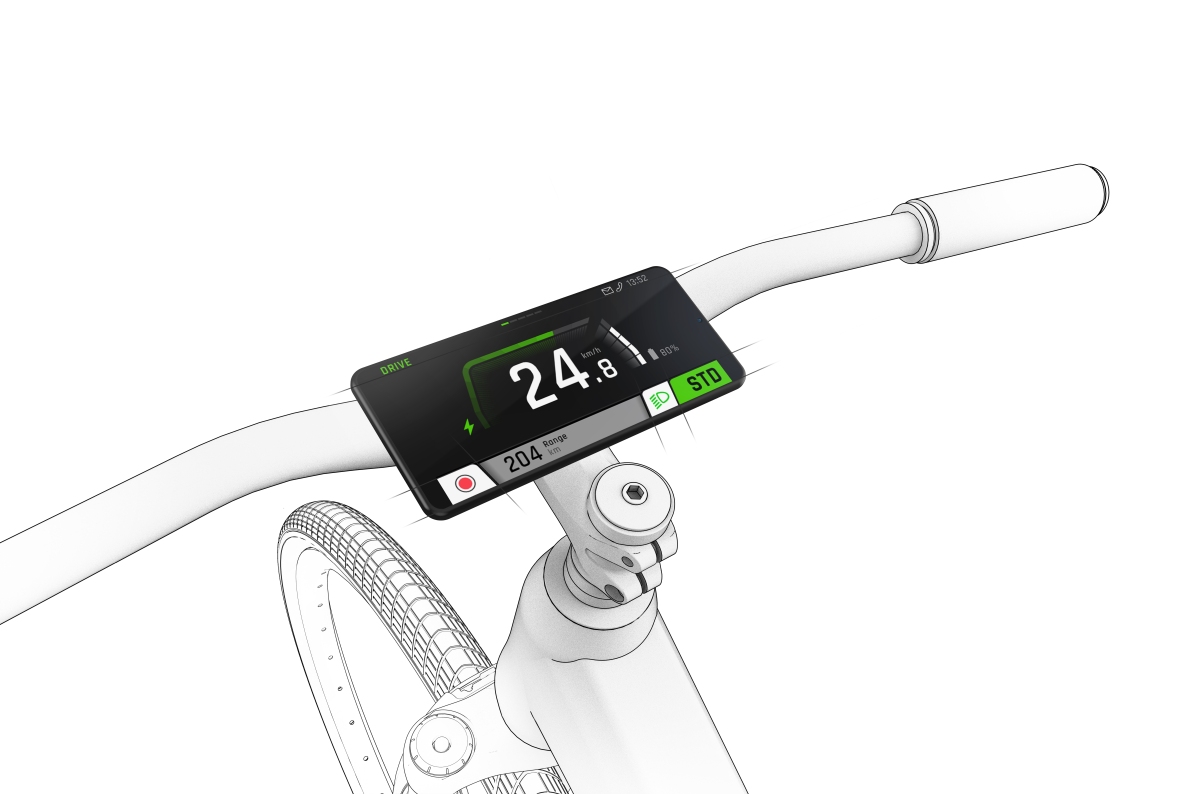
Akkus bis 925 Wh Kapazität
Enorm viel Auswahl gibt es bei den Akkus: Verschiedene Kapazitäten, Formen, Größen und Gewichte für unterschiedlichste Einsatzbereiche. Bemerkenswert sind die durch das gesamte Portfolio kompakten Abmessungen und geringen Gewichte. So bringt der Supercore 750 Akku mit 750 Wh nur 3,8 kg auf die Waage. Damit ist er 600g (!) leichter als der Bosch Powertube Akku mit der gleichen Kapazität und macht den leichtesten Akkus für das Shimano-System Konkurrenz. Zudem ist er knapp fünf Zentimeter kürzer, auch wenn er ein wenig breiter baut – das dürfte die Integration in den Rahmen für die Hersteller erleichtern. Beeindruckend ist auch der Ultracore 925 Akku, der bei 925 Wh Kapazität „nur“ 4.400g wiegt. Verbaut ist dieser beispielsweise in den E-Stream EVO AM E-MTBs von Bulls.
Auch einen Range-Extender findet man im FIT-Portfolio, wenngleich dessen Kompatibilität vom jeweiligen Fahrradhersteller abhängt. Mit 540 Wh Kapazität spielt er jedoch eher in der Liga „Zusatzakku“. Zu guter Letzt lohnt auch der Blick auf die Ladegeräte, denn das Standard-Ladegerät mit 4A lässt sich per Softwareupgrade zum 6A Fastcharger verbessern.
Der heimliche Star: Die E-Bike Control App
Ein wesentlicher Bestandteil des gesamten FIT Systems ist die E-Bike Control App, die über die letzten Monate konstant per Updates mit neuen Features erweitert wurde. Die Verbindung zum System erfolgt über eine mitgelieferte Keycard, ähnlich wie man sie beispielsweise von Abus Schlössern kennt. Im Anschluss hat man zahlreiche Möglichkeiten – vor allem die Navigationsfunktionen sind umfangreich: Das Koppeln mit Komoot ist ebenso möglich wie die Navigation direkt in der FIT App. Das lässt sich in der Praxis auch hervorragend mit der Geo Range Funktion koppeln, mit der sich die Restreichweite abhängig von den Unterstützungsstufen auf einen Blick betrachten lässt. Geplant sind für die Zukunft auch weitere Features wie das Individualisieren der Motorunterstützung oder ein integriertes Serviceheft wie man es vom Auto kennt.
Darüber hinaus bietet die App auch einige kostenpflichtige Upgrades wie den sogenannten Drive Screen. Damit lässt sich das Smartphone auch als vollwertiges Display nutzen – für einmalig 39,95 Euro oder im Abo-Modell für jährlich 11,99 Euro. Interessant für viele E-Biker dürften auch die Diebstahlschutz-Funktionen sein. Hier kann man zwischen dem sogenannten Digital Key und dem E-Bike Key wählen. Bei Ersterem dient das Smartphone zur Entriegelung des E-Bikes, beim E-Bike Key erhält man eine kabellose Fernbedienung ähnlich wie man sie zum Abschließen des Autos kennt. Die Funktionalität ist identisch, das gesamte E-Bike System lässt sich nur mit dem entsprechenden Gerät aktivieren. Kostenpunkt: Beim Digital Key fallen entweder einmalig 54,99 Euro oder jährlich 19,99 Euro an, der E-Bike Key ist für einmalig 79,99 Euro zu haben.
Weiteres Zubehör: Reifendrucksensor, GPS Tracker und Rahmenschloss
Auch über diese „Standardkomponenten“ hinaus bietet das FIT System durchaus interessantes Zubehör. Ganz frisch auf der Eurobike wurden Reifendrucksensoren, ein automatisiertes Rahmenschloss und ein GPS Tracker vorgestellt. Letzterer verbindet sich mit dem Smartphone und bietet nicht nur die Ortung des Bikes über GPS, beispielsweise im Falle eines Diebstahls, sondern auch einen akustischen Alarm, sollte das per Digital Key verschlossene Bike bewegt werden und eine Sturzerkennung während der Fahrt. Das Rahmenschloss erweitert das Sicherheitskonzept: Aktiviert man den E-Bike Lock per Digital Key oder E-Bike Key, wird dann nicht nur das System deaktiviert, sondern das Schloss schnappt auch zu – cool!
Die beiden Reifendrucksensoren werden an den Ventilen angebracht und übermitteln den jeweiligen Reifendruck an das System. Dieses kann dann überdurchschnittlichen Druckverlust melden, damit man frühzeitig Platten erkennt. Auch das genaue Einstellen des Luftdrucks (z.B. am E-MTB) ist so dann einfach möglich.

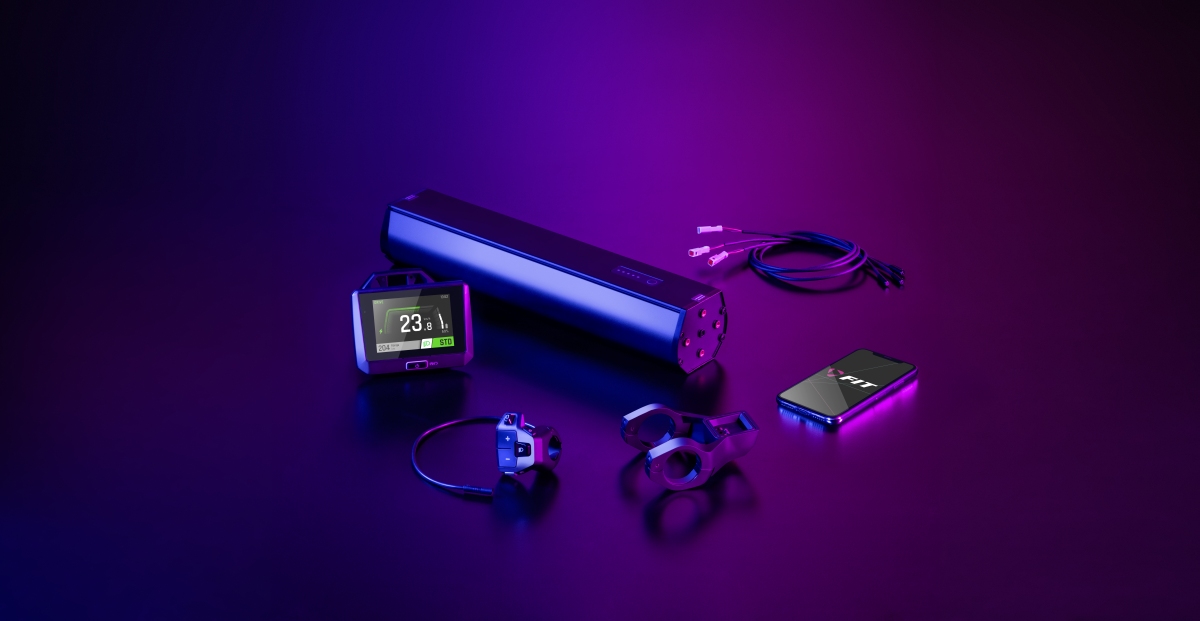
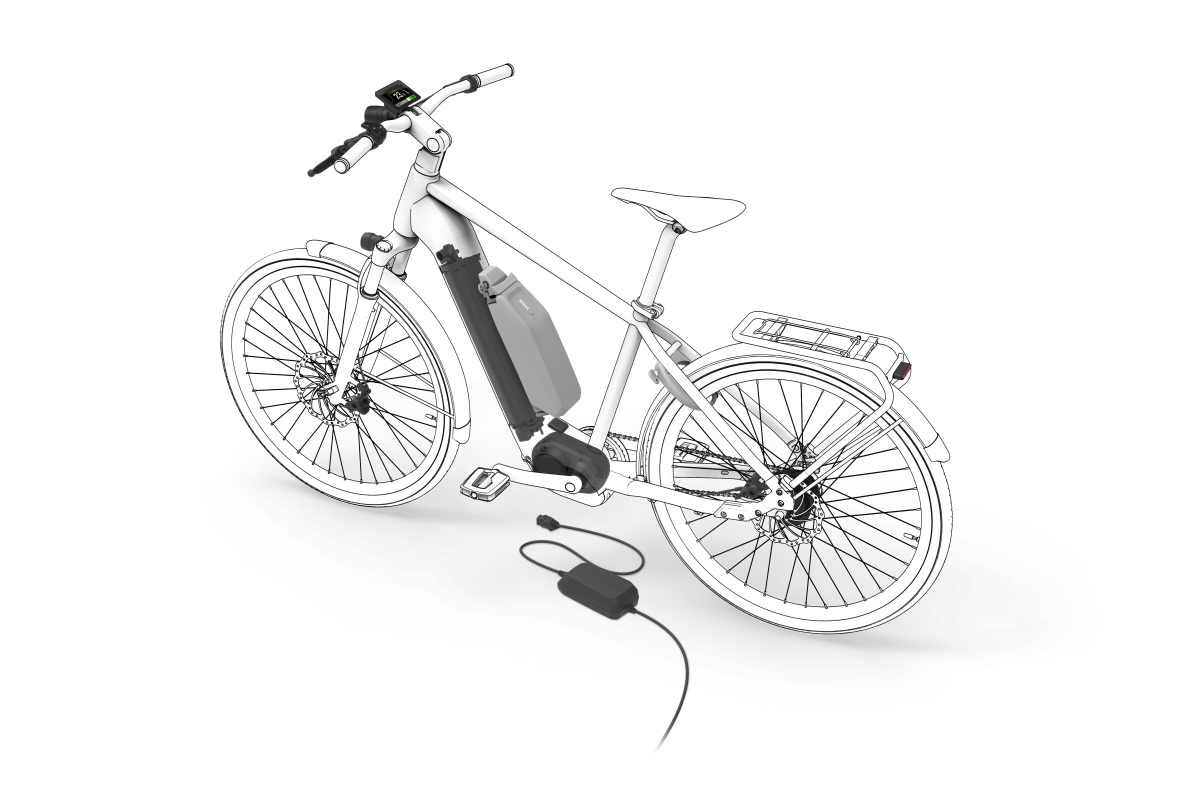
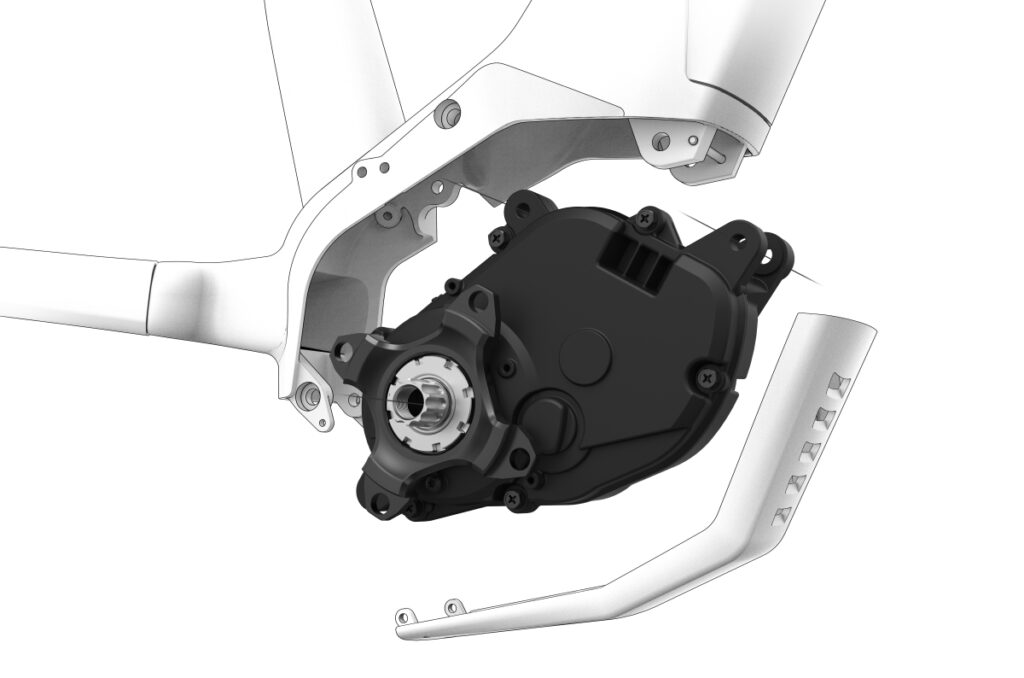
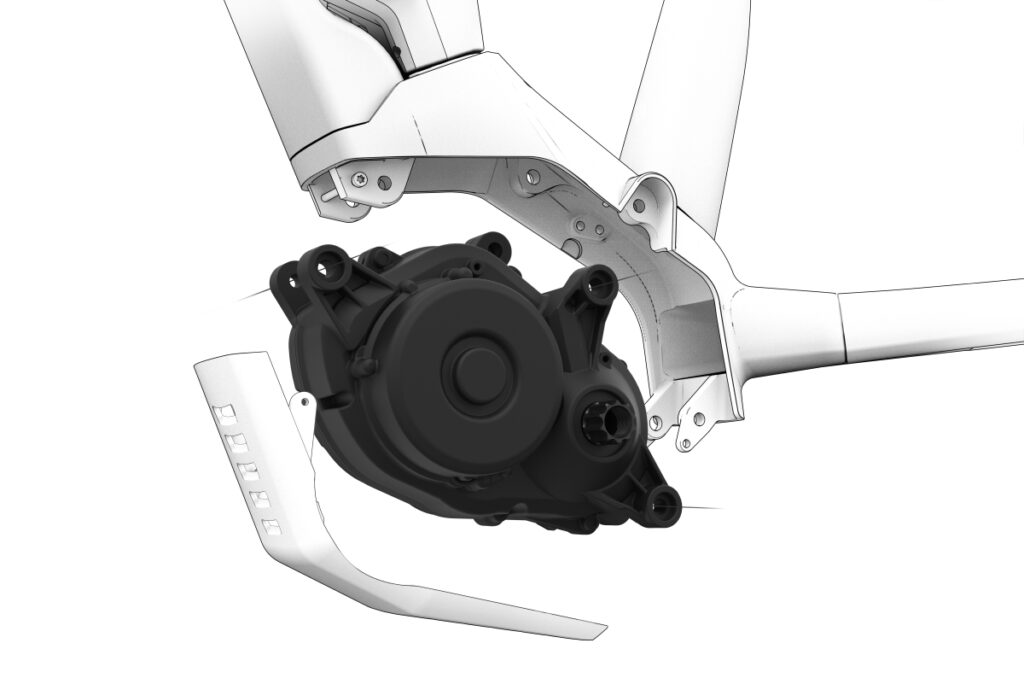
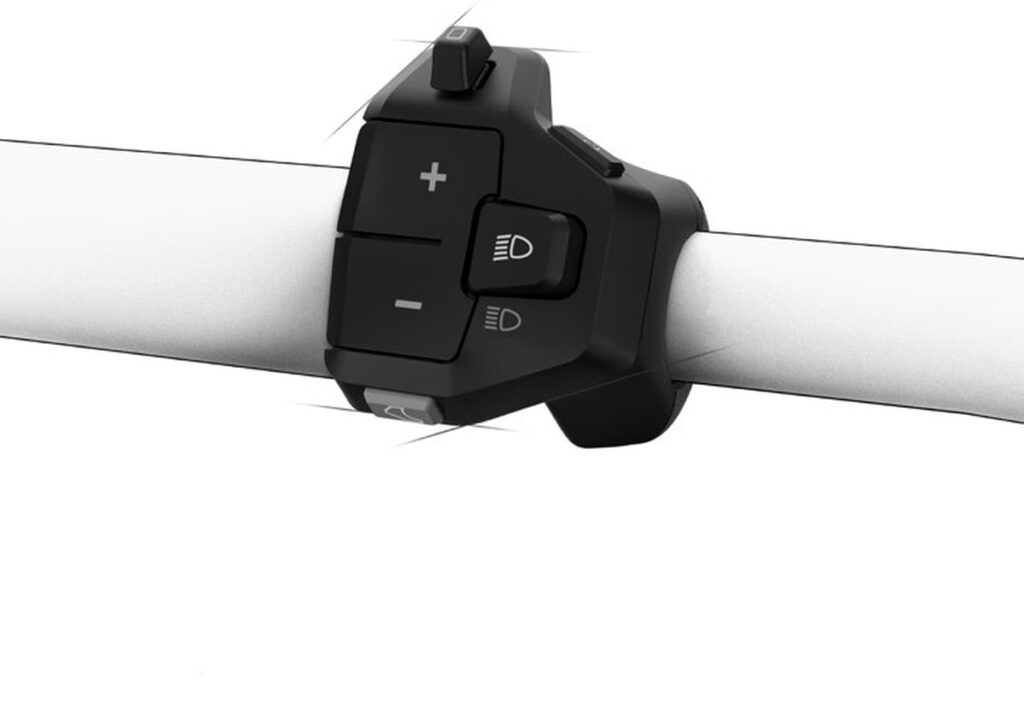
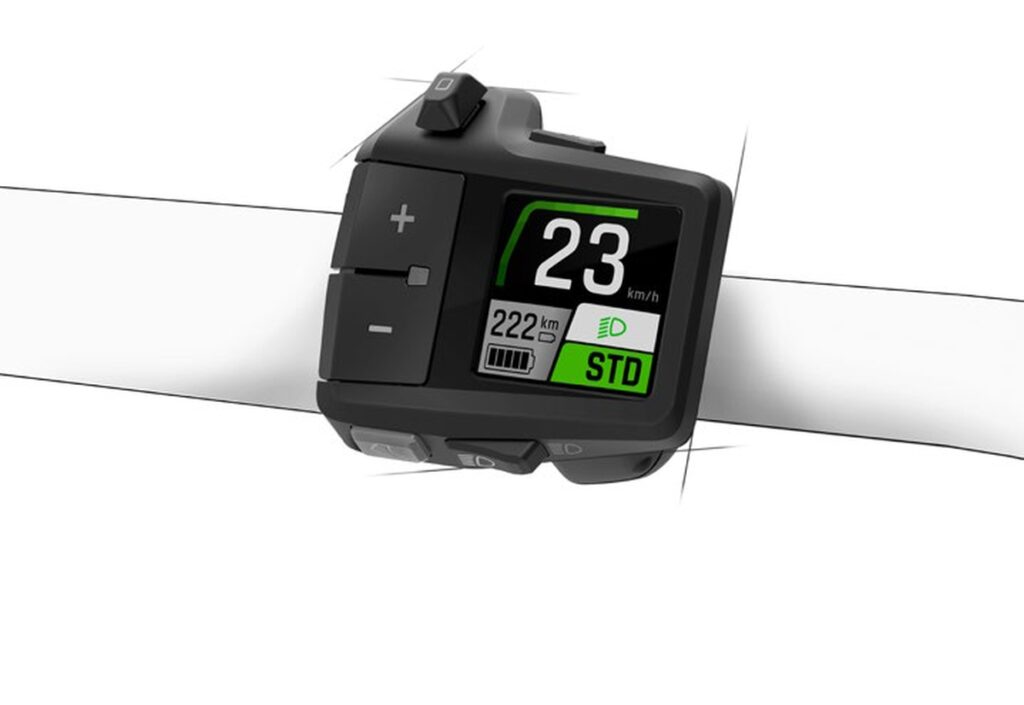
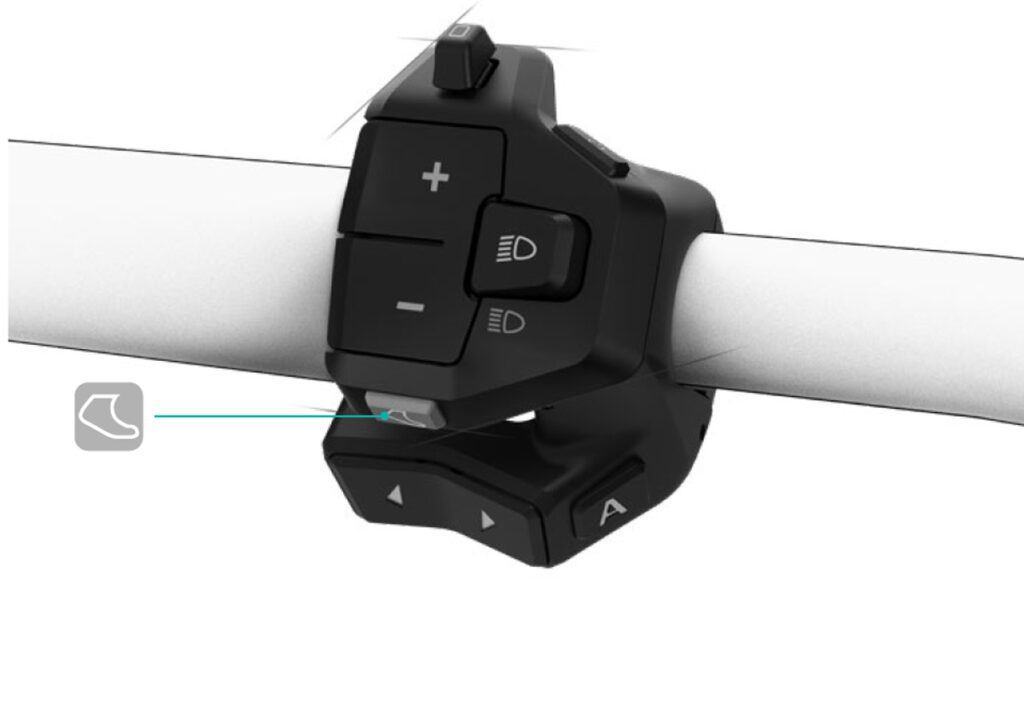
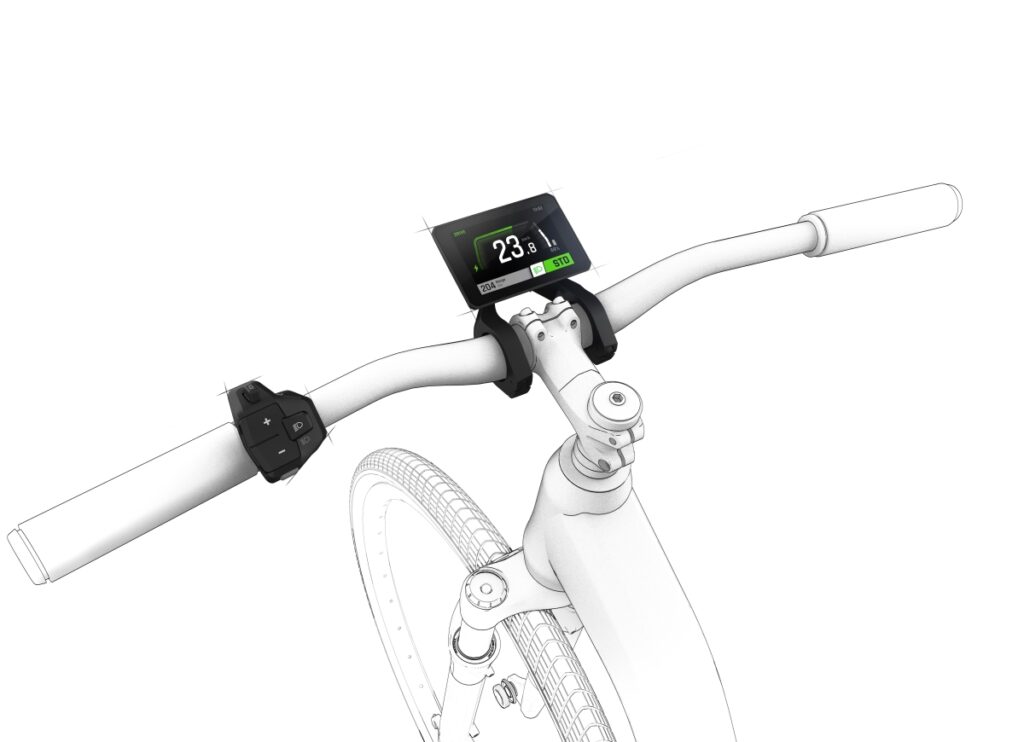
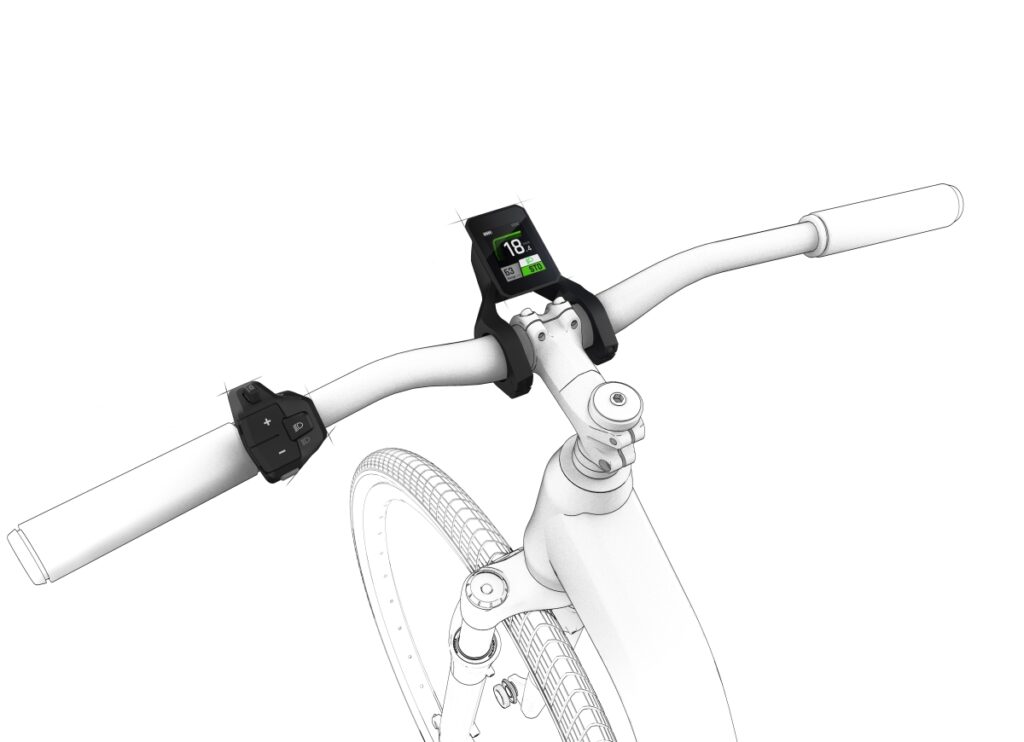
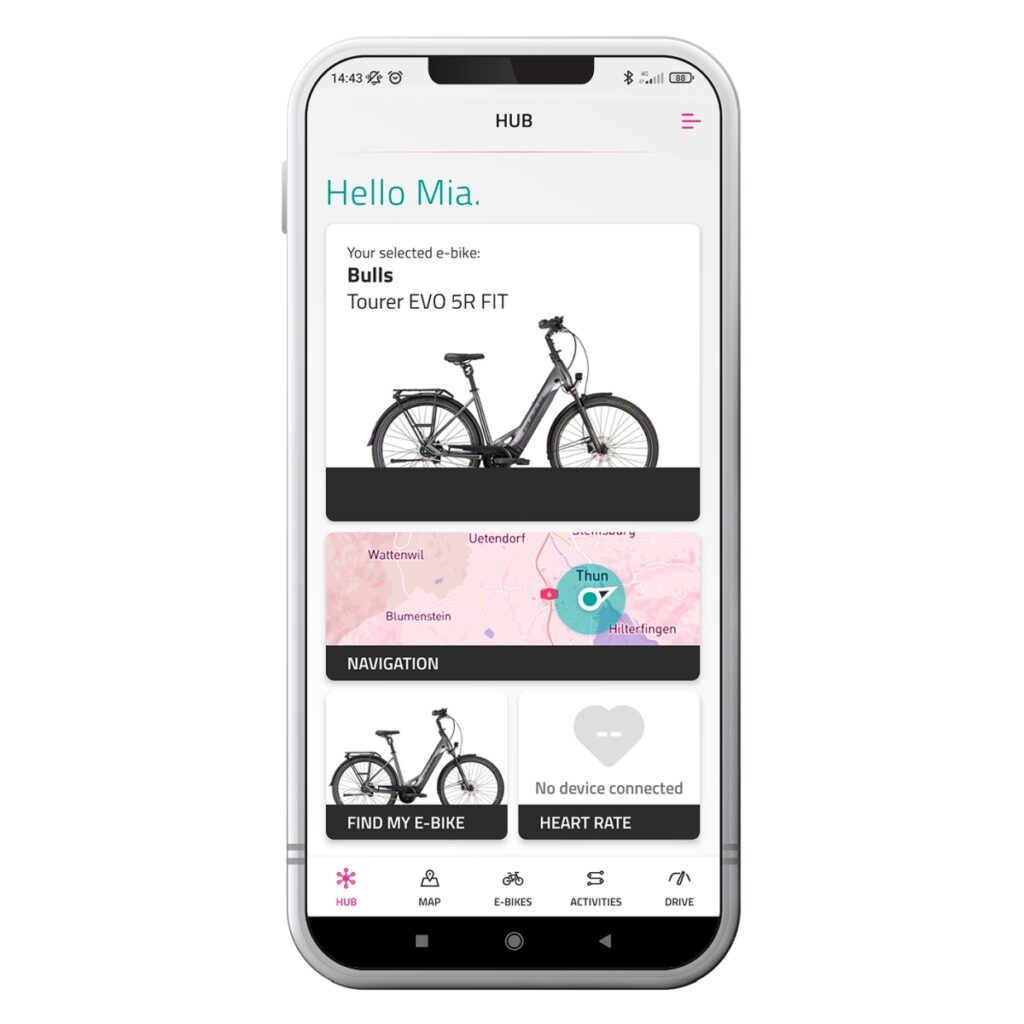
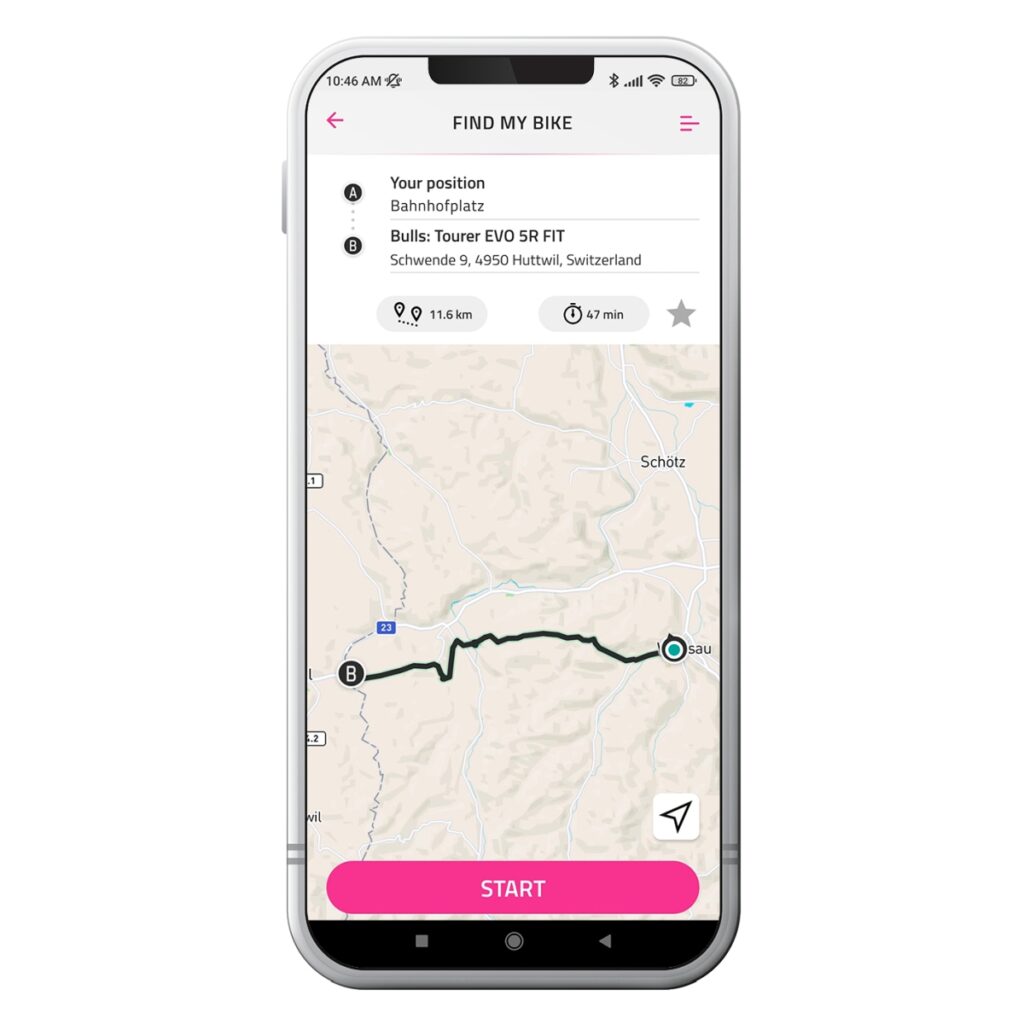
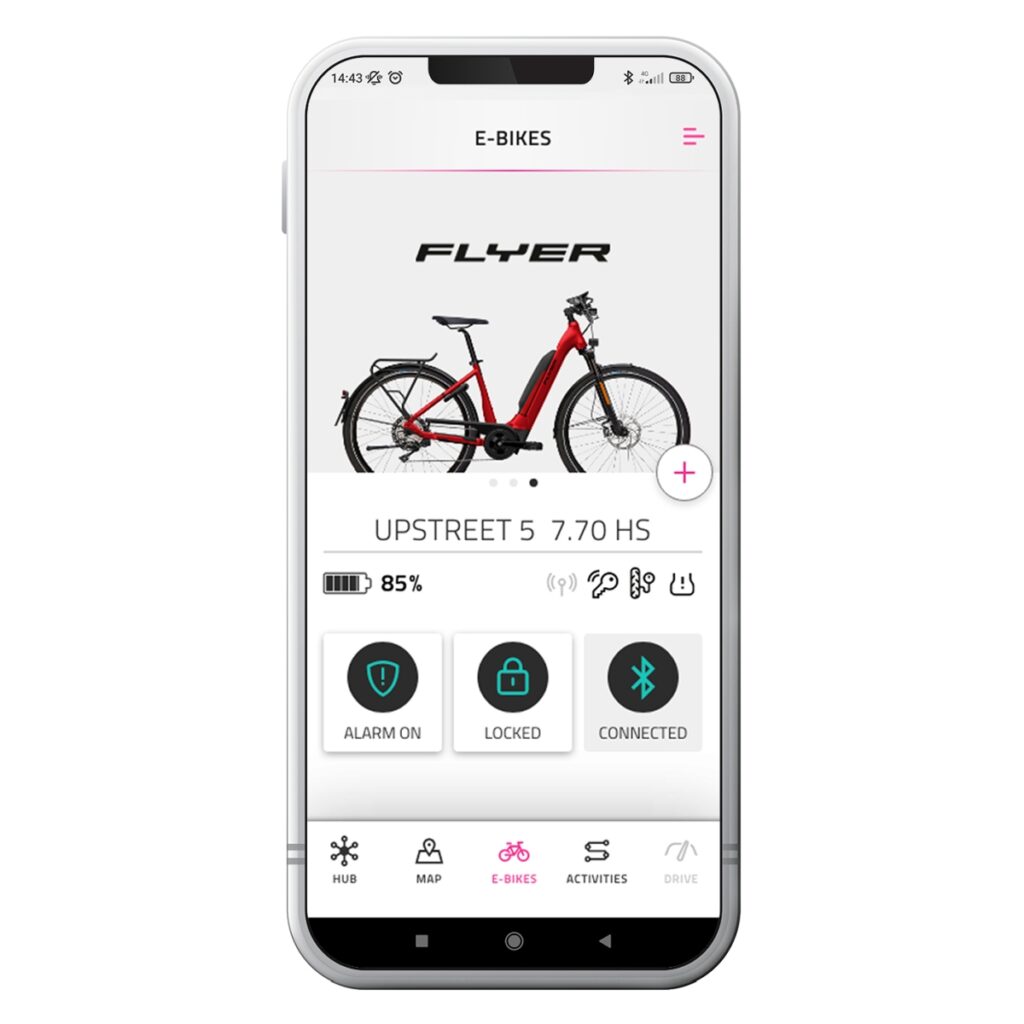
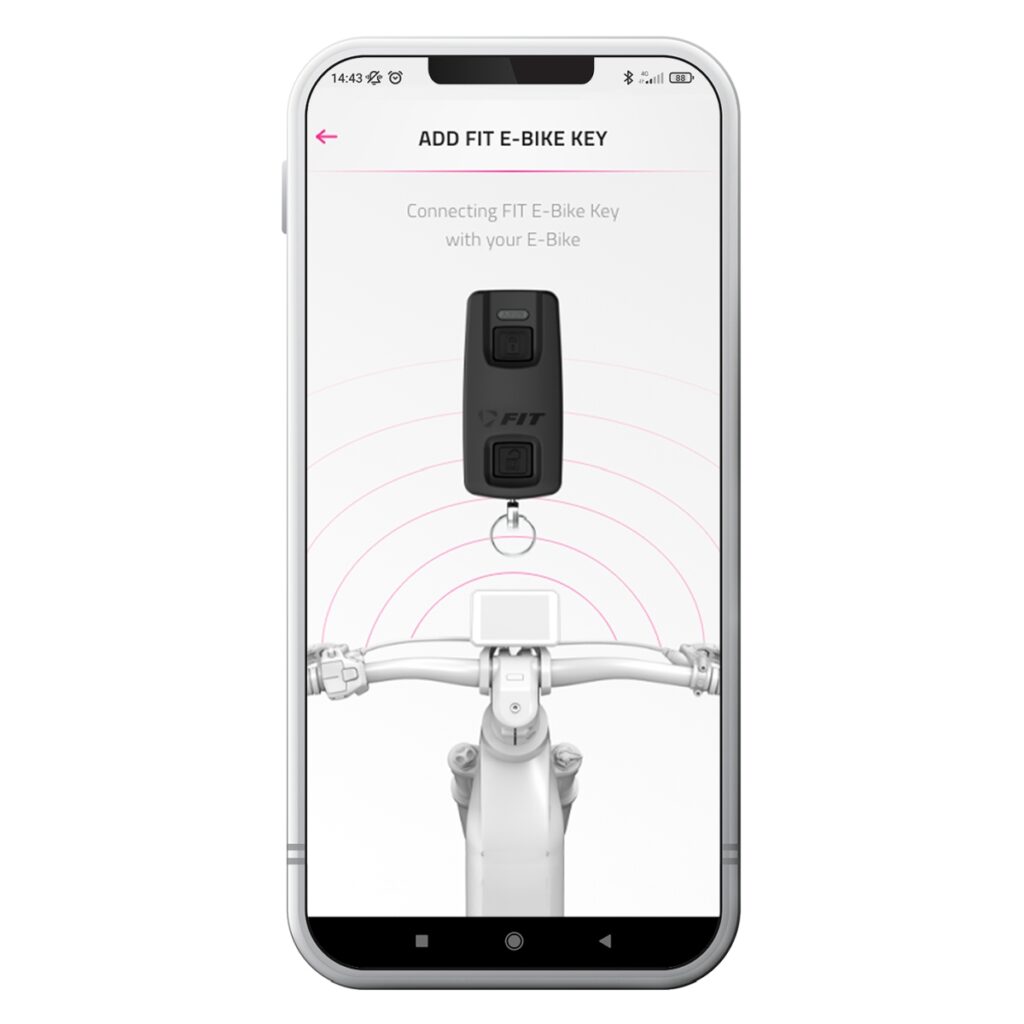
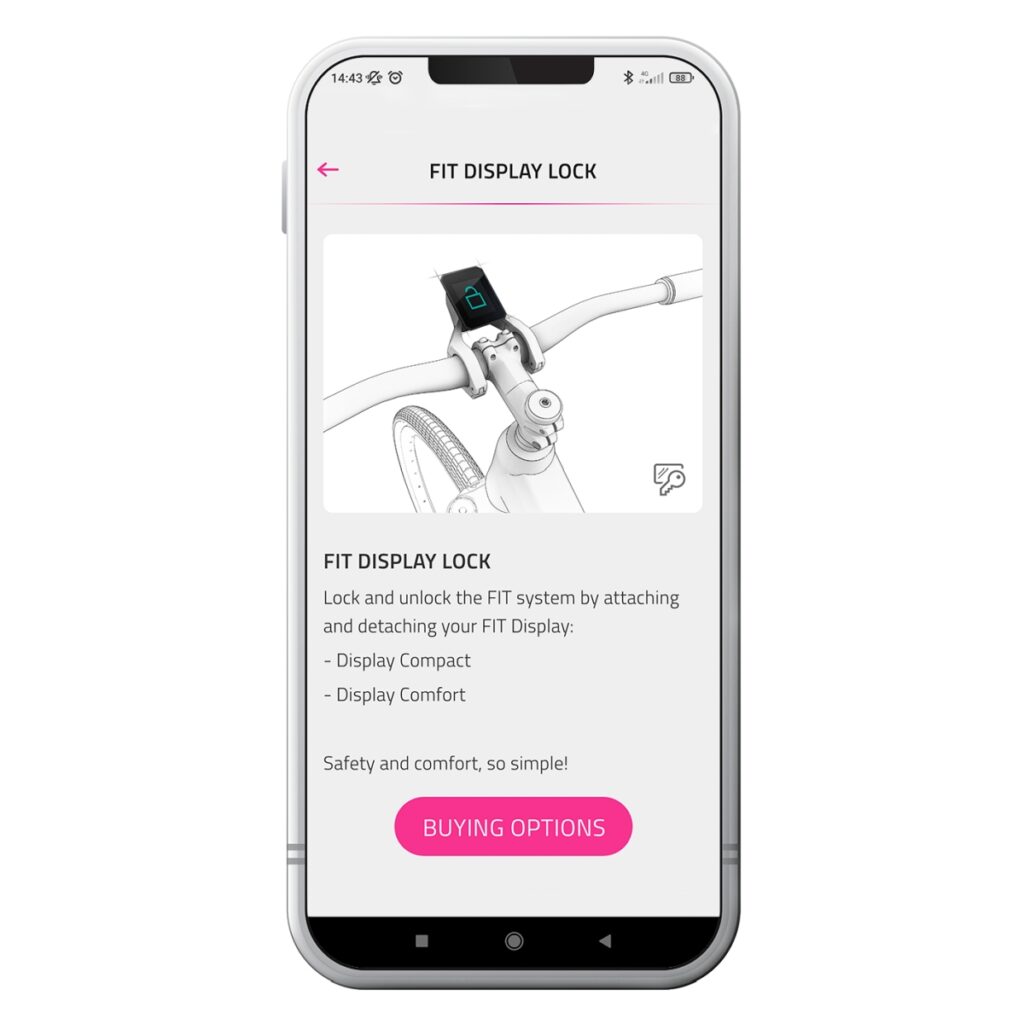
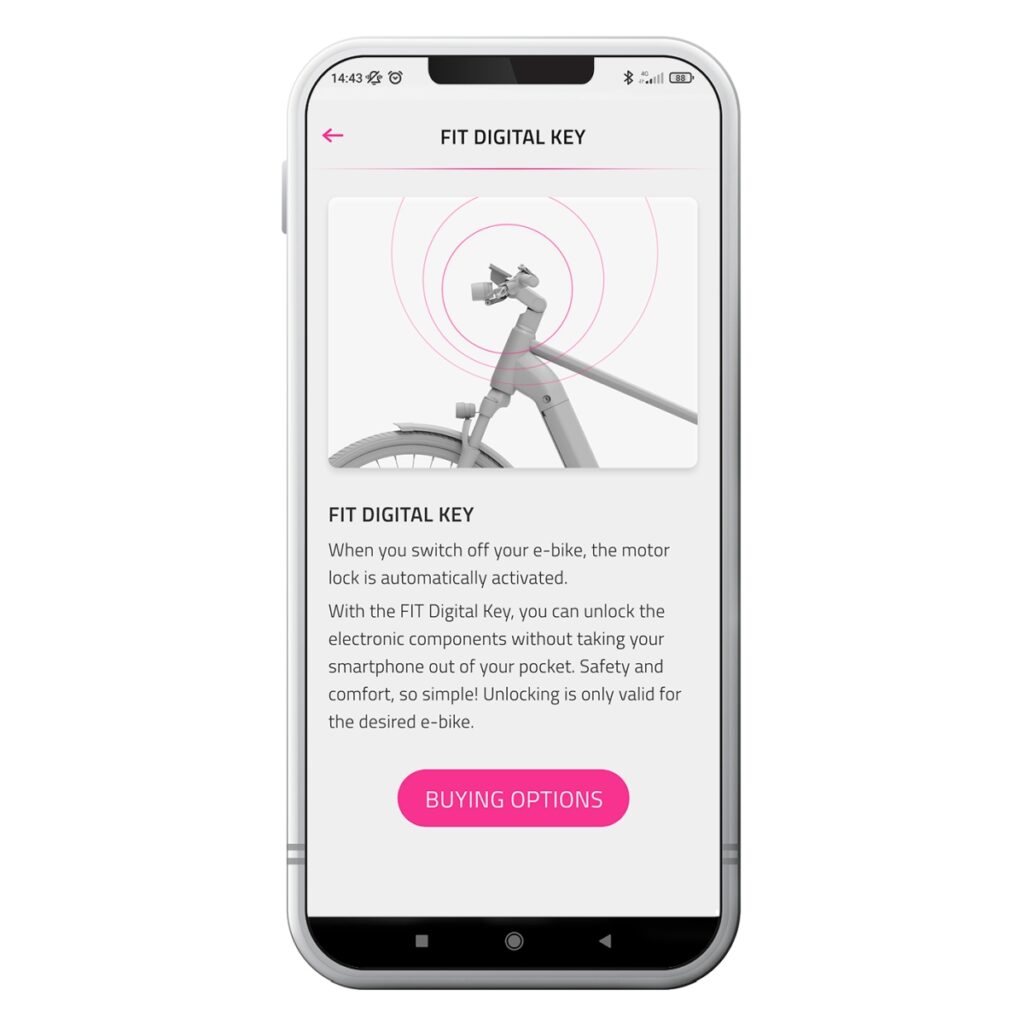
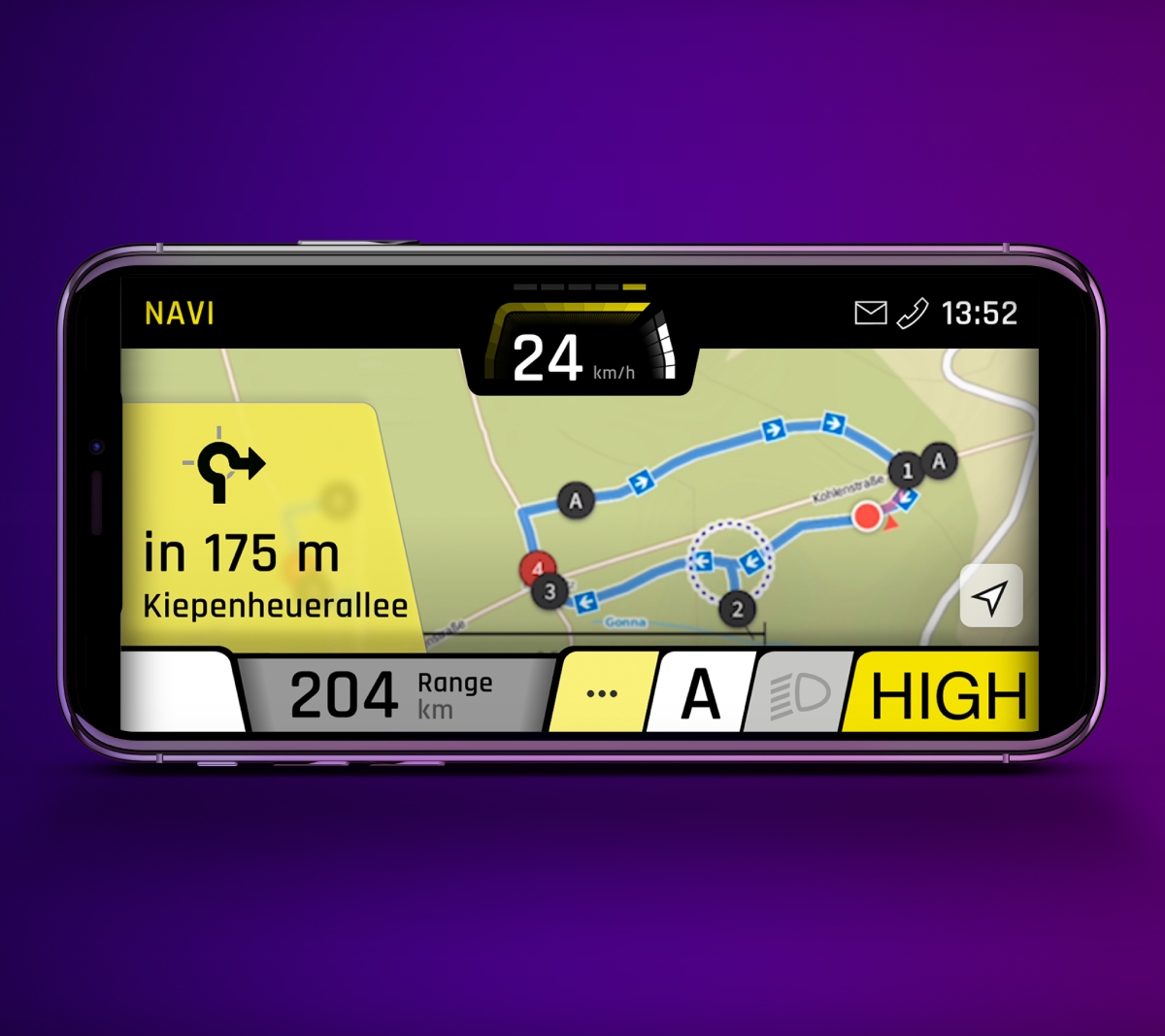
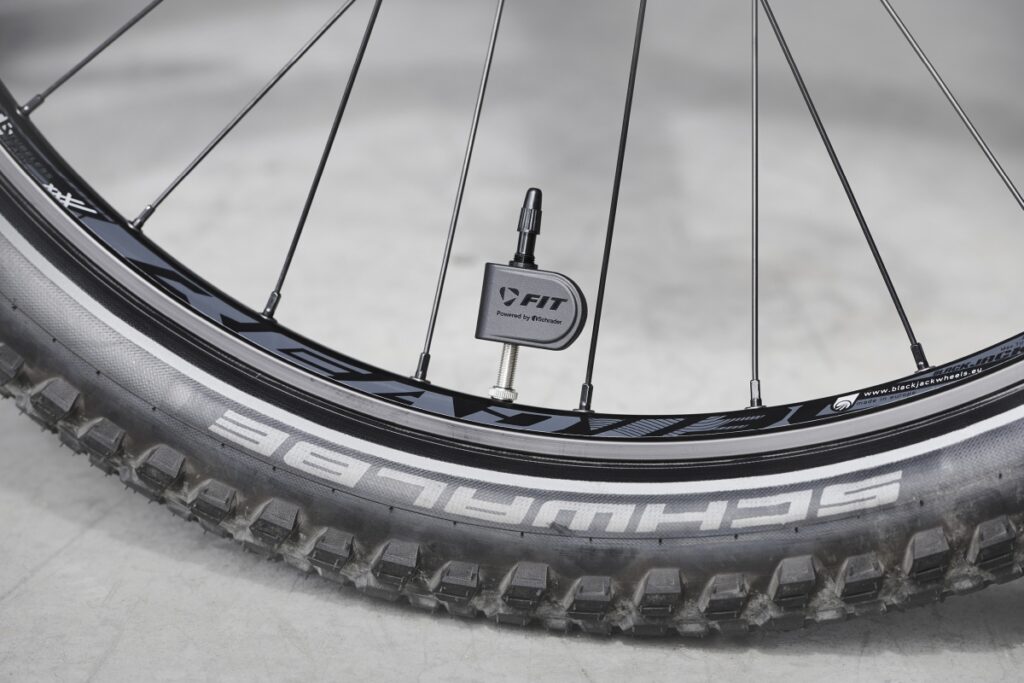
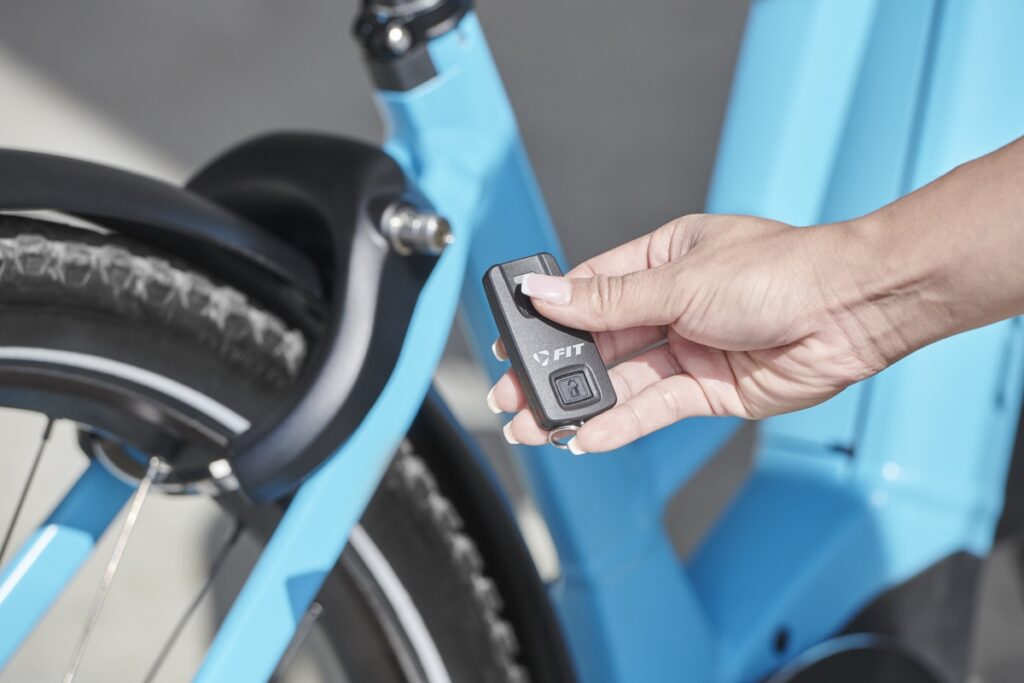
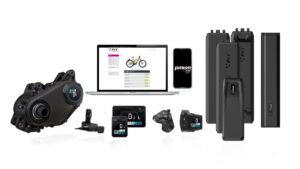
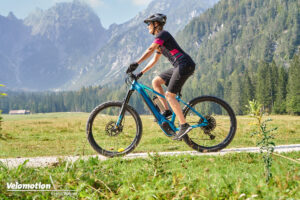

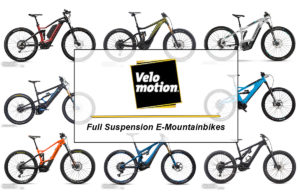

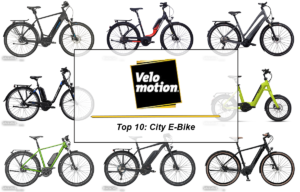
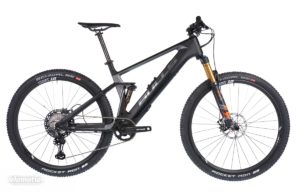

Schreibe einen Kommentar